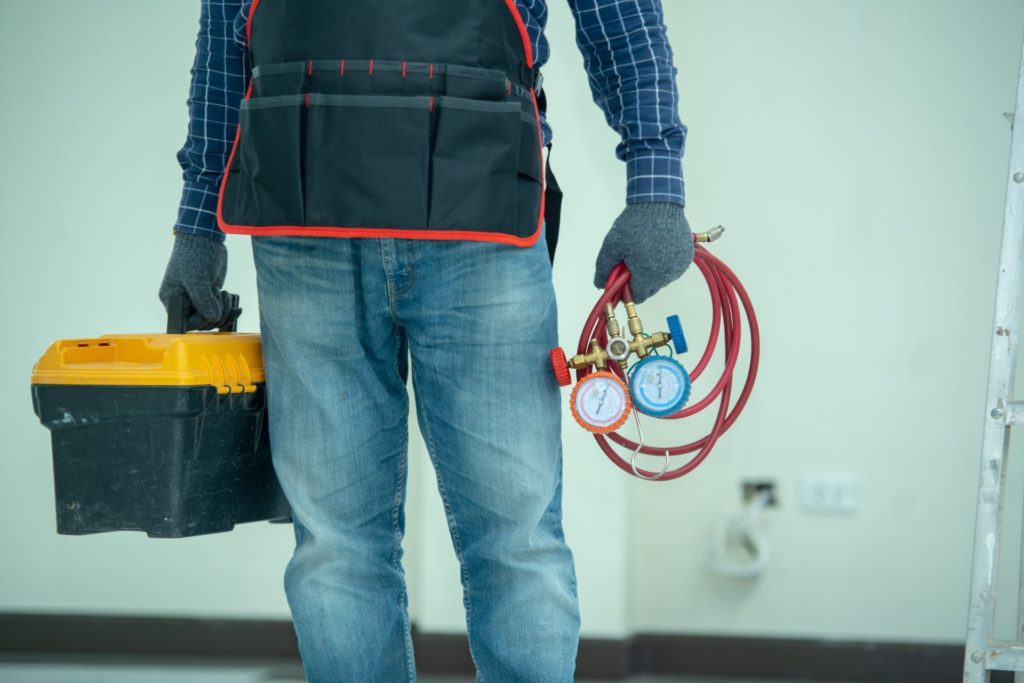
After months of vetting and making the rounds of homes, either virtually or via in-person showings, the temptation to rush into a purchase can be strong. But the better option is to first make sure that a potential new home is free from serious structural issues. This is possible with a home inspection.
Home inspections can help detect underlying issues that can impact the safety and livability of a home. As a testament to its reliability, a 2019 Zillow study found that 83% of homebuyers opted for a home inspection.
What are some of the key areas to cover during this phase of the home-buying process?
- Heating and cooling systems
Have a contractor check the property’s heating, ventilation, and air conditioning. It’s important to assess the state and quality of these systems to ensure that they are in optimal working condition before you close.
For instance, an AC condenser typically lasts well over 10 years. You may be purchasing a home with an AC condenser that’s on the tail end of its lifespan. If so, you could negotiate with the seller to contribute to costs for either repair or unit replacement.
- Drainage systems
Little by little, water damage can erode a home’s foundation and cause major structural problems. Gutters and downspouts with defects, leaks, or clogs can redirect water flow towards the home —a scenario you’d want to avoid entirely.
Water damage can also take place within a home’s interiors. Make sure to check for tell-tale signs of molds and leaks.
Additionally, water runoff from neighboring properties is another way for water damage to occur. This is usually the case with neighborhoods in elevated areas where houses located downhill often receive water flow coming from slightly elevated properties.
- Electrical installations
Let a trained electrician inspect the home’s electrical installations. If you’re purchasing a relatively older home, it may have outdated installations that need to be repaired or revamped entirely.
For instance, knob and tube wiring used to be commonplace in houses. While this type of relatively outmoded wiring is still acceptable, there is a tendency for it to become overloaded, especially when you have several electronic devices plugged in at the same time.
- Roof
Roofing problems can occur quite frequently, depending on the roof’s age. This particular issue can be quite costly to update or repair – thus, you can recommend that said costs be either partly or wholly shouldered by the seller.
Damaged parts of a roof can become ideal entry points for water to seep through. One way to detect this issue is by spotting traces of water leakage on the walls.
- Basement
While mold and mildew are some of the issues to look out for in the basement, it’s also important to inspect for the presence of hazardous gases.
Radon, for instance, is a naturally-occurring radioactive and carcinogenic gas typically found in the lowest parts of the home. It can’t be easily detected since it is odorless, colorless, and even tasteless.
That’s why a professional contractor should be entrusted with this task. Sellers will usually have radon checked beforehand, so make sure to ask about this.
Home inspections are an important aspect of the home-buying process, especially if you’re checking out homes for sale in Pennington, New Jersey. We at David DePaola & Company Real Estate are the experts to call when you’re ready to buy a house here or in other wonderful neighborhoods in the state. Call us at 609.883.4161 or send an email to david(at)depaola(dotted)com.

